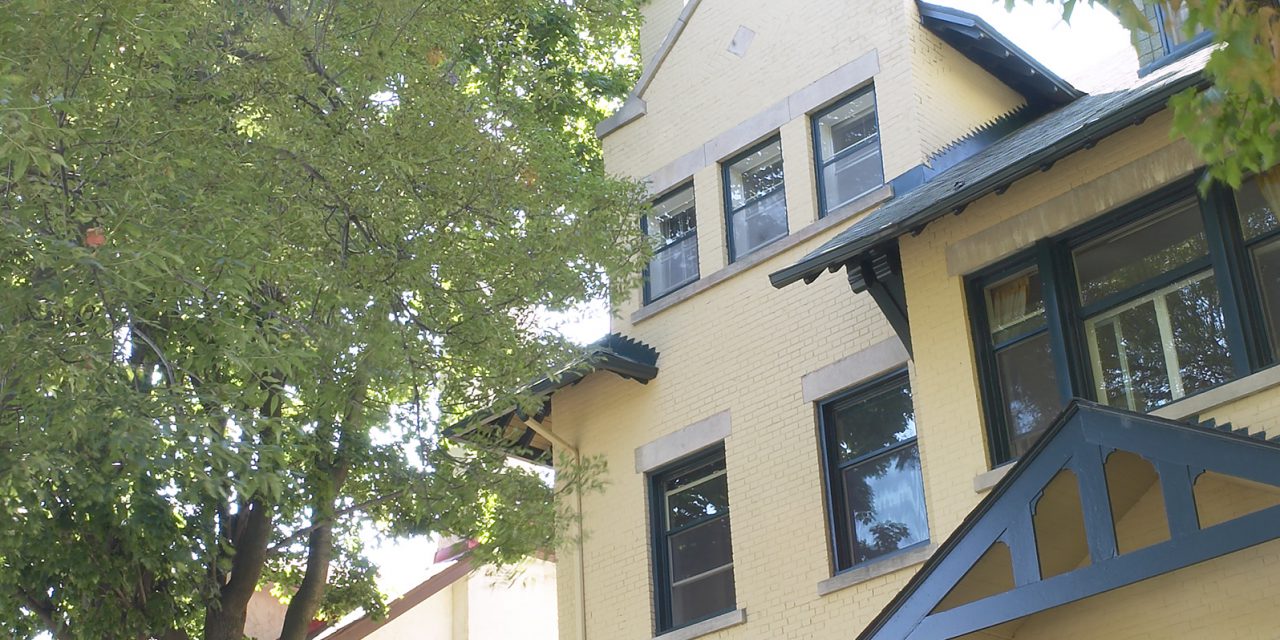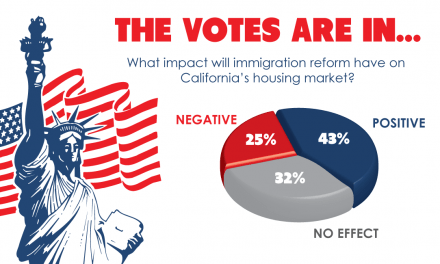The bumpy recovery pattern continues as home sales rise and fall from month to month. However, the overall trend is slowly tilting upwards. Year over year volume will probably drop by the end of 2013, an adjustment for this past year’s speculator-driven sales volume bounce.
California’s real estate recovery will gain sustainable momentum, moving out of our past five years of bumpy plateau sales lethargy, after 18-24 months of annual job growth of over 350,000 jobs. This recovery will manifest around 2016. Progress is being made on the jobs front, but January 2013 employment data, due March 8, will give us a better vantage point.
Related articles:
Jobs move real estate
Other key factors controlling California’s housing market follow.
Absentee homebuyers: to hold or to fold?
Absentee homebuyers (speculators, buy-to-let investors and renovation contractors) accounted for a record 31% of Southern California (SoCal) January sales, up from 28% in January 2012. Absentee homebuyers made up yet another record high of 27% of Bay Area homebuyers in January, up from 25% one year earlier.
Cash purchases (mostly speculators) remained abnormally high in January, representing 35% of SoCal sales. This is down slightly from the record high set in December and up from 32% one year earlier. The percentage of cash purchasers in a normal market is around 16%.
29% of Bay Area sales were cash purchases in January 2013. This is down slightly from 30% in the prior month and one year earlier.
Speculators will remain motivated to buy only so long as they believe home prices will rise quickly. Time will tell whether these highly optimistic expectations are justified. The likelihood dims each month as low interest rates and increases in the buyer purchasing power index (BPI) will soon come to an end. Sellers ignore these forward trends at their peril.
If short-term speculators realize they cannot make as quick a profit as anticipated, they will fast leave the market. The inventory they leave behind will be consumed primarily by occupying homebuyers, which at the moment are short on demand. Homebuyer occupants currently have difficulty competing with the attractive financing (cash offers) speculators provide sellers.
Related article:
Jumbo loans: room at the top
Jumbo loans (loans over the old conforming limit of $417,000) accounted for 22% of January 2013 sales in SoCal. This is down slightly from the prior month and up significantly from 14% one year earlier.
Jumbos made up 38% of Bay Area sales. This is down from 40% last month and up from 24% a year earlier.
Jumbo use has risen statewide — particularly in the pricey Bay Area — since 2009. Use continues to rise as high-end property sellers finally abandon their sticky price delusions. Despite this increase, jumbo use and related sales remain far below their peaks in the 2006-2007 boom.
FHA Loans: phase out has begun
Federal Housing Administration (FHA)-insured loans made up 24% of SoCal mortgage recordings. This is up slightly from last month, and down from 31% one year earlier.
FHA-insured loans made up 16% of Bay Area mortgages in January. This is down from 19% in December and down from 24% one year earlier.
FHA-insured loan use across California is at its lowest level since late 2008. first tuesday anticipates the percentage of FHA-insured loans will steadily drop through this recovery and hit a bottom around 2018. High (and rising) FHA insurance premiums make conventional loans with private mortgage insurance (PMI) more appealing.
FHA buyer standards have also become stricter in this recovery. Nonetheless, FHA-insured financing remains popular among determined first-time homebuyers with low savings and low credit scores.
Related articles:
FHA, PMI, or neither?
ARMs: holding lenders at bay
Adjustable rate mortgages (ARMs) made up 6% of all SoCal mortgages. This is down slightly from December 2012 and one year ago, a positive condition for buyers.
ARM use in the Bay Area was at 11% in December. This is up slightly from the prior month and down from12% one year earlier.
ARM use will remain relatively low until property prices rise beyond 5% annually over a two-year period. Then ARMs will increase as agents push homebuyers to overreach on amenity value.
Re: California January Home Sales from DataQuick














